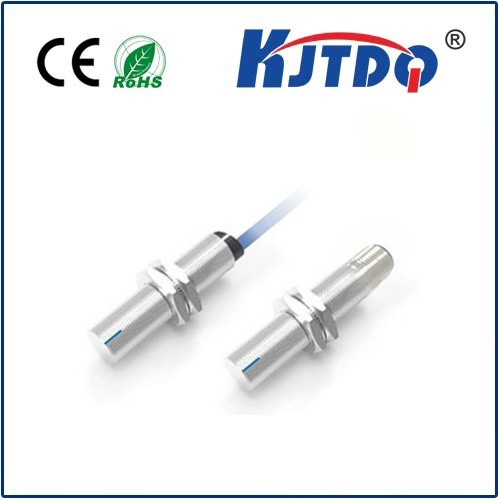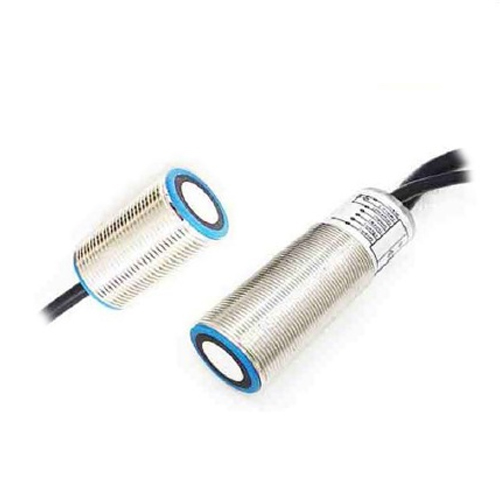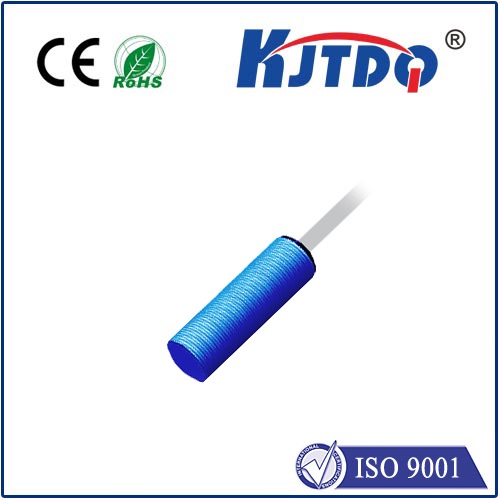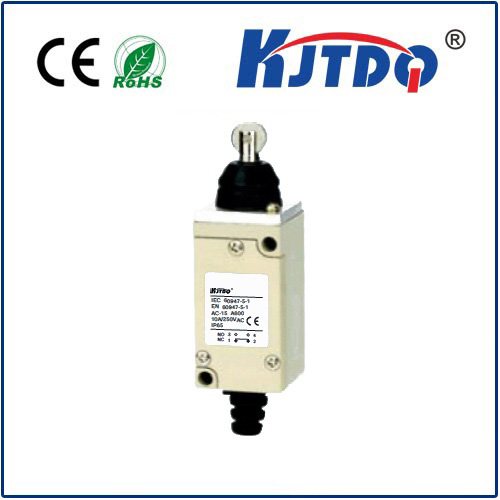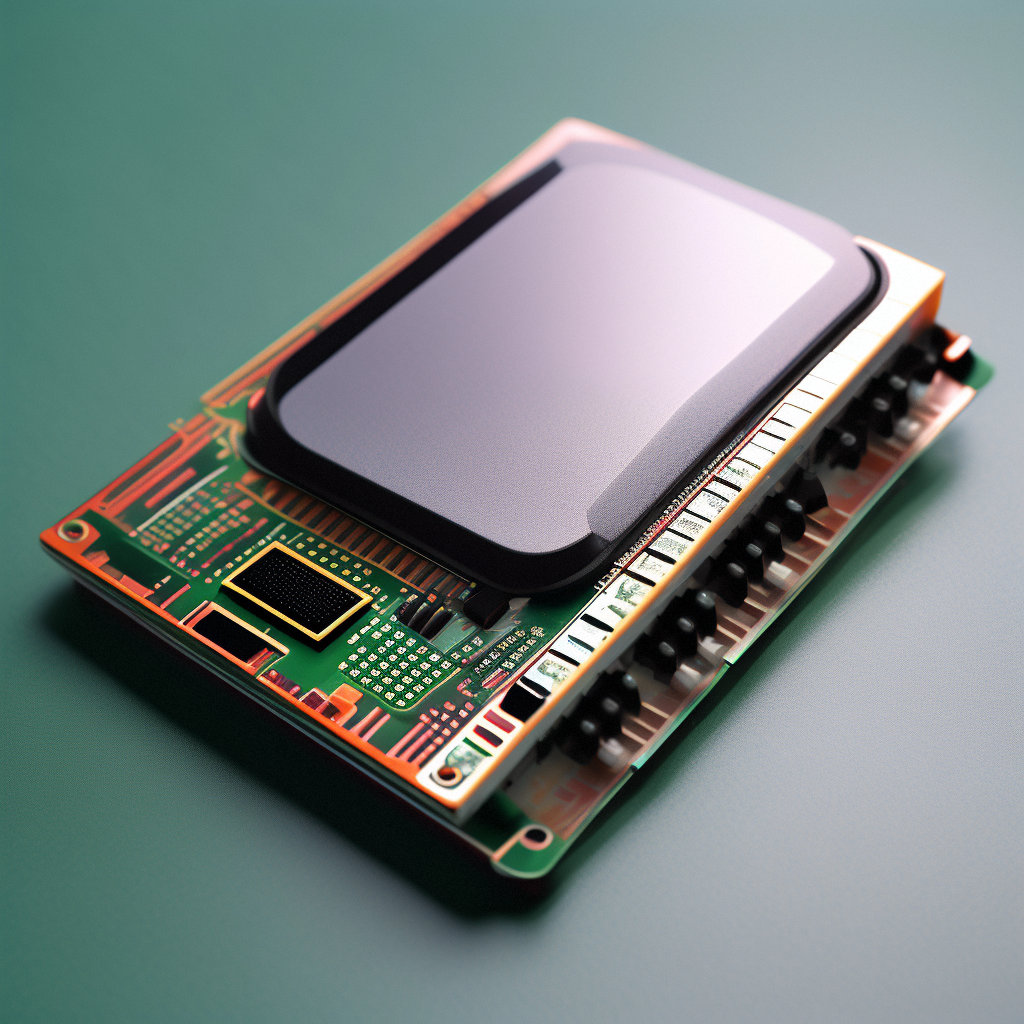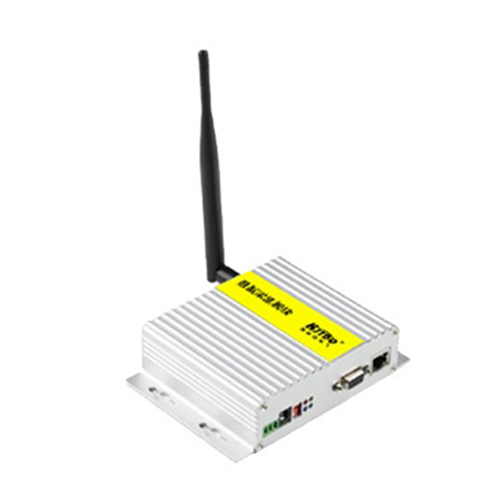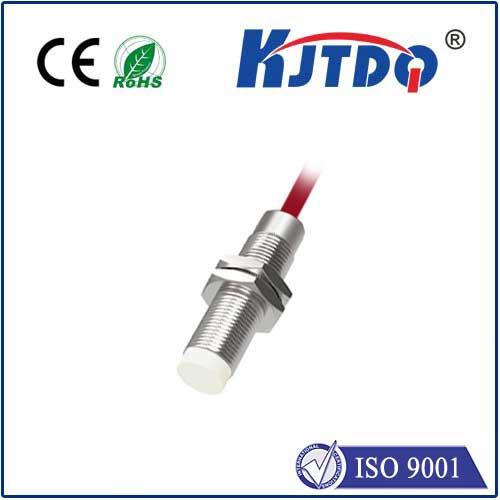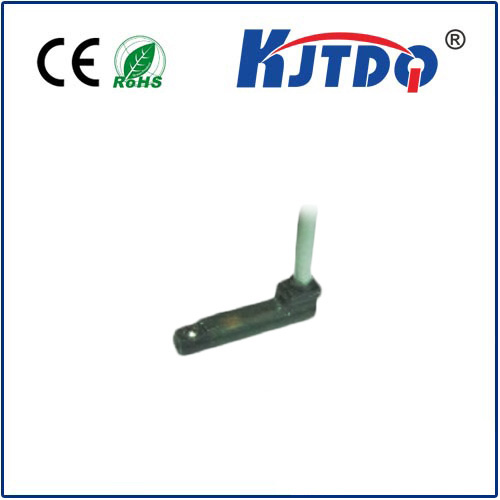

check

check

check

check

check

check

check

check

check

check
Title: Understanding Diffuse Reflective Photoelectric Sensors
In the world of modern technology, sensors play a crucial role in collecting and transmitting information. One such sensor that has gained widespread attention is the diffuse reflective photoelectric sensor. This article aims to delve into the basics of this sensor, its working principle, applications, advantages, and potential limitations.
The Basics
A diffuse reflective photoelectric sensor, as the name suggests, is a type of sensor that uses a light emitter and receiver combination. It works based on the principle of reflection. When the light from the emitter hits an object, it reflects back, and the receiver picks up this reflected light. The sensor then converts this information into an electrical signal that can be further processed.
Working Principle

The operation of a diffuse reflective photoelectric sensor involves three main components: the emitter, the detector or receiver, and the target object. The emitter emits a beam of light which falls on the target object. Depending on the properties of the object, the light will either be absorbed or reflected. The reflected light is then detected by the receiver, which is typically placed adjacent to the emitter. The intensity of the received light is compared to a reference level, and if it exceeds this level, an electrical output signal is generated.
Applications
Due to their ability to detect changes in light reflection, diffuse reflective photoelectric sensors have found numerous applications. They are widely used in industrial automation for tasks such as counting objects on a conveyor belt, identifying color variations in products, and quality control inspections. In addition, they are also employed in safety systems to detect human presence or movement in hazardous areas.
Advantages
One significant advantage of using diffuse reflective photoelectric sensors is their flexibility. They can work effectively with various materials and surfaces since they rely on the reflection of light. Additionally, they offer high-speed detection capabilities and can operate over long distances without loss of performance. They are also relatively immune to environmental factors like dust and dirt.
Limitations
Despite their many benefits, diffuse reflective photoelectric sensors do have some limitations. For instance, their effectiveness can be impacted by external light sources, such as sunlight or artificial lighting. This means that they may need additional shielding or filters in certain situations. Moreover, their accuracy can be affected if the target surface is highly reflective or transparent.
Conclusion
In conclusion, understanding how diffuse reflective photoelectric sensors work and their potential applications is vital for engineers and technicians involved in automation and safety systems. By leveraging their advantages while being aware of their limitations, these sensors can significantly enhance productivity and safety across various industries. As technology continues to evolve, it’s likely that we will see further advancements in the design and functionality of diffuse reflective photoelectric sensors, making them even more versatile and effective tools for modern systems.
